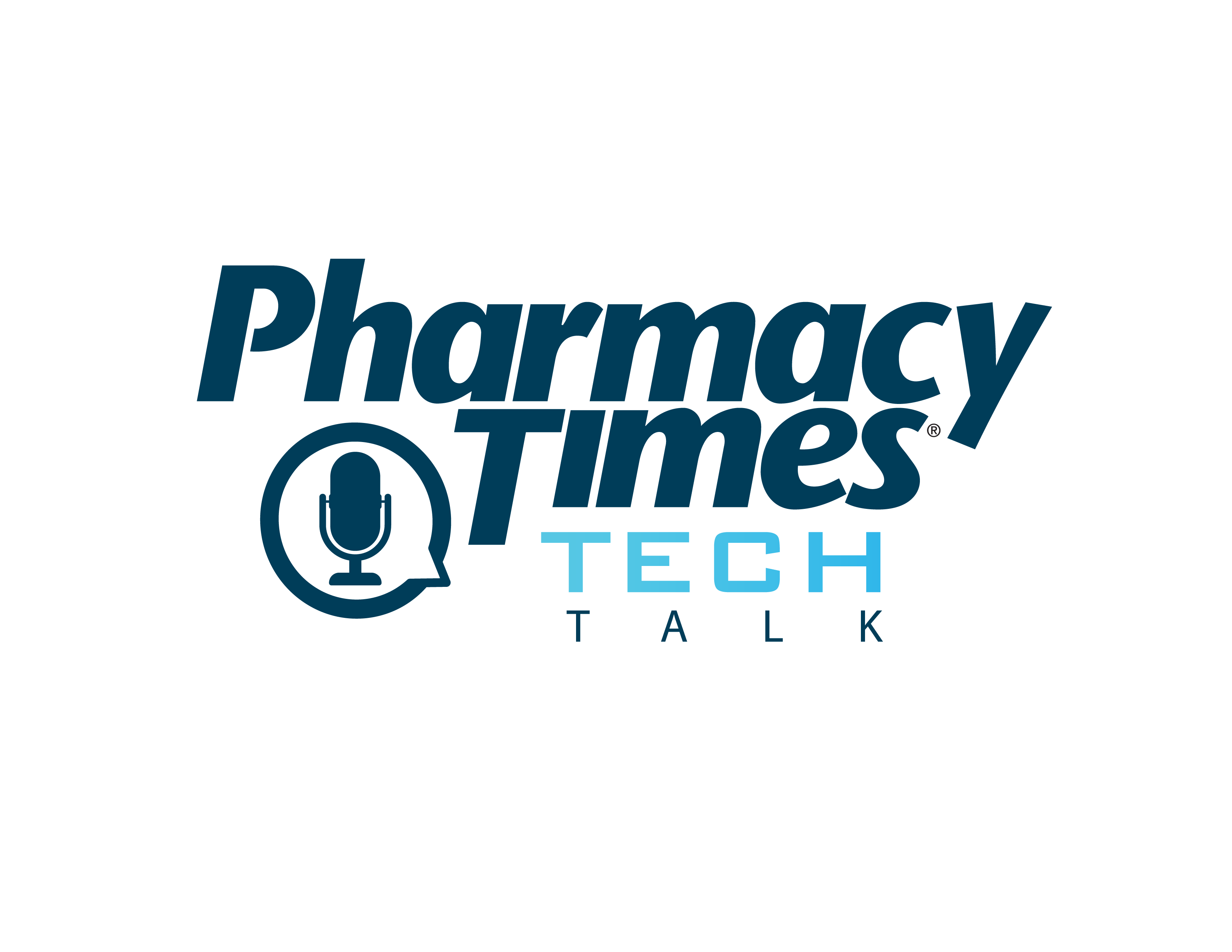Publication
Article
Specialty Pharmacy Times
Developing a Plan for Hazardous Drug Handling
Author(s):
When approaching a plan for handling hazardous drugs, leaders of each organization need to be proactive in complying with USP regulations.
The new United States Pharmacopeial Convention (USP) chapter, effective January 1, 2018, focuses on specific guidelines and standards for each step in the process of handling hazardous drugs. USP <800> outlines key requirements and steps that protect both patients and health care workers from the adverse effects of hazardous drugs (HDs). These 18 pages describe the responsibilities of health care personnel, facilSity requirements—including those related to proper receipt, storage, and compounding of HDs—correct usage of personal protective equipment (PPE), and the required standard operating protocols, of which there are many. For these new USP standards to be effective, executive leaders and pharmacy departments must work together to implement these changes.1,2
Beginning the Process
When approaching a plan for handling HDs, leaders of each organization need to be proactive in developing their compliance with USP <800>. Leaders must recognize that not all changes can, or need to be, implemented at once. To eliminate unpredictable barriers, entities should have a defined strategy that focuses first on changes that are easy to implement. The modifications must be made in a way that minimizes interruptions to ongoing pharmacy operations; this allows the provision of continuous care to patients.
Determining which changes are easily implemented and which are not—or even which changes need to be made at all—can be a huge task by itself. Therefore, organizations should, according to Sahadeo and Weber (2015), compile a team of “pharmacy experts in supply chain management, compounding, hazardous drugs (oncology pharmacists), and pharmacy administration” to perform a gap analysis and identify key areas that need attention.2
Areas to include in the gap analysis are the current hazardous drug list and how it compares with the 2016 National Institute for Occupational Safety and Health (NIOSH) list of antineoplastic and other hazardous drugs in health care settings; the existing policies and procedures for handling HDs, including PPE; and the training received by personnel who are potentially exposed to HDs. Seeking input from workers who have handled or currently handle HDs can provide a different perspective and additional information on how effective the existing training and policies are.2,3
Creating a Hazardous Drug List
Section 2 in USP <800> requires organizations to maintain a list of hazardous drugs that is reviewed and updated annually. The 2016 NIOSH List of Antineoplastic and Other Hazardous Drugs in Healthcare Settings can be used, as can Material Safety Data Sheets, FDA approved package inserts, and special health warnings from manufacturers. Reports and case studies published in medical and other health care professional journals, along with evidence-based recommendations, can be used if they meet the criteria for defining hazardous drugs.
A key acknowledgment is that some dosage forms that do not pose a risk in their current formulation (eg, tablets and capsules) may be hazardous when exposed to skin or inhaled due to residual dust. USP suggests performing a risk assessment for these formulations to determine “alternative containment and work practice strategies.”
Overall, when assessing a drug and its potential risk, USP <800> encourages entities to take a “more conservative approach when there is uncertainty.” 2-4
Policies, Procedures, and Standard Operating Protocols
Multiple sections in USP <800> require entities to establish policies and procedures at each step of the HD handling process to ensure safety. One policy is the minimum required training for all potentially exposed health care personnel. The training must encompass the entire HD handling cycle.
The training should include an overview of the list of HDs and the HDs’ accompanying risks, a review of standard operating procedures (SOPs) associated with HD handling, proper use of PPEs, proper use of equipment and devices, response to known or suspected HD exposure, and proper disposal of HDs and trace-contaminated materials.
In addition to the required training, USP mandates that personnel who handle HDs demonstrate competency in proper handling. This assessment must be documented, and each employee is subjected to annual reassessment. Moreover, personnel who are of reproductive age must confirm in writing that they understand the risk associated with handling HDs. Similar to the reassessment of competency in proper HD handling for personnel, the compounding supervisor must maintain and reassess SOPs for the safe handling of HDs every 12 months.
USP mandates a wide variety of SOPs: 2-4
- Hazard communication program
- Occupational safety program
- Designation of HD areas for receipt, storage, compounding
- Use and maintenance of proper engineering controls
- Hand hygiene
- Use of PPE based on activity
- Deactivation/decontamination/cleaning/disinfection
- Dispensing, transport, administering
- Environmental monitoring
- Disposal and spill control
- Medical surveillance
The USP Convention’s new chapter on handling hazardous drugs in health care settings will require hospital-based pharmacies to spend millions of dollars on upgrades of facilities and equipment; however, proactive and efficient preparations will hopefully mean well-spent money that leads to higher-quality practices and safer patients and employees.1
References
- Beans BE. USP <800> adds significant safety standards: facility upgrades needed to protect employees from hazardous drugs. P T. 2017;42(5):336-339.
- Sahadeo P, Weber RJ. USP <800>: key considerations and changes for health systems. Hosp Pharm. 2015;50(10):941-949. doi: 10.1310/hpj5010-941.
- NIOSH [National Institute for Occupational Safety and Health] alert: preventing occupational exposures to antineoplastic and other hazardous drugs in health care settings. CDC/NIOSH website. https://www.cdc.gov/niosh/docs/2004-165/pdfs/2004-165.pdf#page=37. Published September 2004. Accessed June 23, 2017.
- The United States Pharmacopeial Convention. General Chapter <800> Hazardous Drugs - Handling in HealthCare. http://www.usp.org/frequently-asked-questions/hazardous-drugs-handling-healthcare-settings. Accessed June 23, 2017.







